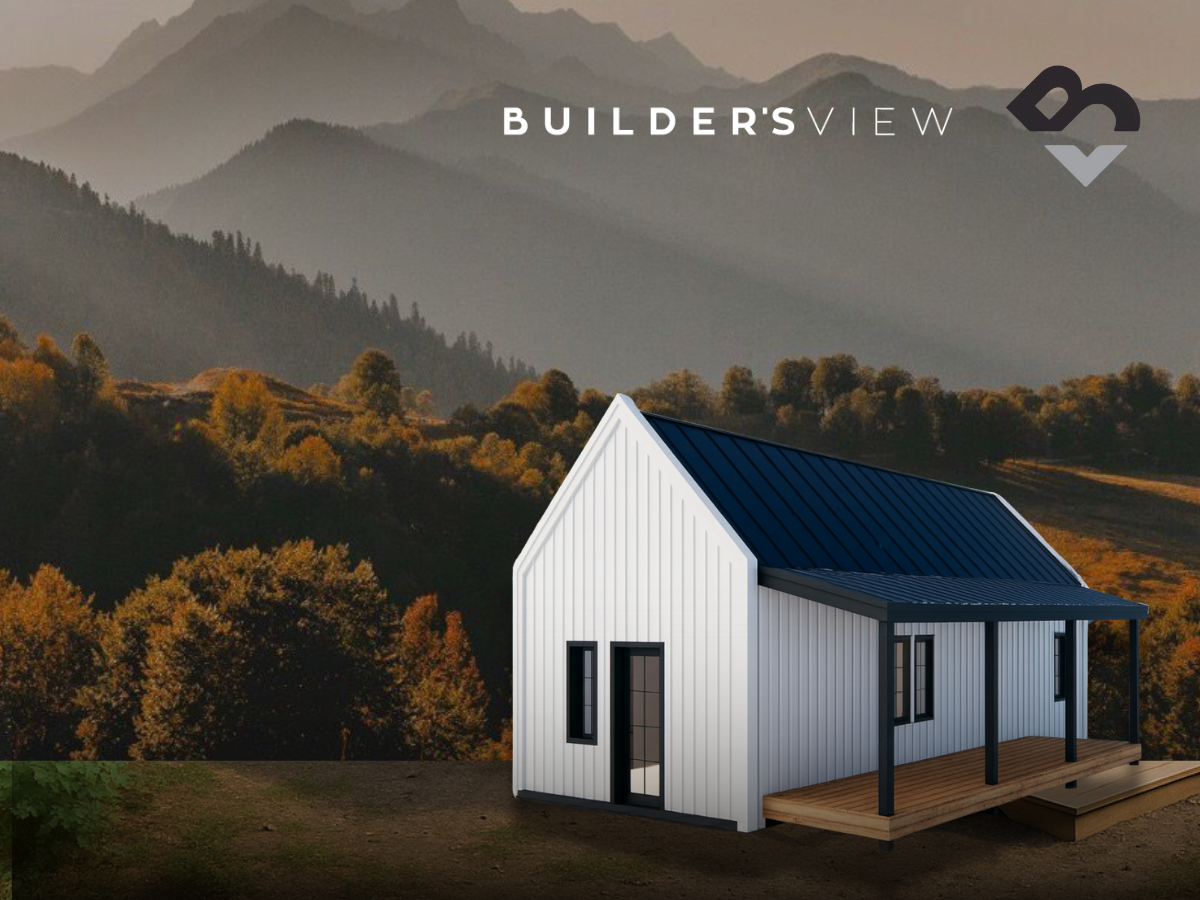Recent post
Imagine Ski Towns Without Their Workforce
If you’ve skied in Steamboat, Vail, Aspen, Telluride, or Crested Butte, you know the magic: powder mornings, lively main streets, and tight-knit communities. But what if I told you the people who make that experience possible — teachers, nurses, lift operators, and service staff — often can’t afford to live anywhere near these towns?
Since 2012, Eagle County home prices have surged 209%. In Steamboat, the median home is now close to $1 million. In Aspen, the average sale this year topped $18 million, with a median near $8.7 million. Nearly half of Telluride’s housing stock is second homes. The result? Workers are commuting 45–60 miles from places like Gypsum or Montrose, or leaving altogether.
Meanwhile, Western Slope hubs like Grand Junction, Montrose, and Glenwood Springs — once affordable — are absorbing displaced workers from ski towns. But their own inventories are tightening, and local families are increasingly priced out.
At Fort + Home, we’re addressing this head-on with a vertically integrated, precision-built model designed to deliver attainable, high-quality homes at scale.
The Western Colorado Housing Crunch
The challenges are sharp and measurable:
- Interest Rates: The 30-year mortgage hovers near 6.3% — almost double historic norms. A $500,000 home now costs $300 more per month than in 2021.
- Statewide Deficit: Colorado is short ~106,000 homes. To keep up, the state needs 34,000 new homes annually — 93 every single day.
- Ski Town Pressures:
- Eagle County (Vail) → Shortfall of ~5,000 units, with 25% of rentals vacant in the workforce segment.
- Steamboat/Routt County → Needs ~3,200 homes by 2030; 37% of stock is part-time.
- Aspen/Pitkin County → Prices up 188% since 2012; median sale ~$8.7M.
- Telluride/San Miguel → Nearly 47% of homes are second homes or short-term rentals.
- Crested Butte/Gunnison → Needs ~1,400 attainable homes to “catch up and keep up.
- Durango/La Plata → Median home ~$592K; 46% of renters are cost-burdened.
Across Western Colorado, the collective shortfall is 12,000–15,000 attainable units by 2030. Without intervention, ski towns risk hollowing out, losing the very people who make their economies thrive.

Fort + Home’s Solution: Precision-Built + Vertical Integration
Our answer combines vertical integration with precision-built modular and panelized systems — produced at our factory in Grand Junction, Colorado, the strategic hub of the Western Slope. From this location, we’re within a few hours of Aspen, Vail, Steamboat, Telluride, and Durango — enabling faster delivery, lower transport costs, and boots-on-the-ground reliability.
Here’s why our model pencils better than traditional stick-built or out-of-state prefab:
- Speed → Ski-town build seasons are short (5–6 months). Off-site production cuts timelines by 20–50%, ensuring projects finish before the next winter.
- Cost Savings → Standardized assemblies reduce costs by 20–30%, avoiding weather delays and expensive change orders. That can mean $50K–$100K savings per home.
- Sustainability → Our process generates up to 90% less construction waste and lowers embodied carbon by ~35%.
- Energy Performance → Fort Homes are 22% more efficient than code-built stick homes, saving families 20–30% on utilities from day one.
This isn’t just faster building — it’s smarter building, engineered for the Rockies.

A Win-Win Model for Every Stakeholder
- Investors → Stability through debt yields, upside through equity. Vertically integrated firms like Fort + Home typically outperform by 15–20%.
- Fort + Home → Scales production and resilience, building defensibility in the most supply-constrained housing markets in the U.S.
- Homebuyers → Gain access to attainable homes that are 12–25% more affordable per square foot than traditional builds, with built-in efficiency and long-term savings.
- Communities → Retain essential workers by delivering housing where it’s most needed — supporting schools, hospitals, and local businesses.
Why Now?
Colorado needs 93 new homes every day just to tread water. Ski town prices are rising at double the state average. And across Western Colorado, commuting workers are spending more time in cars than with their families.
Fort + Home’s vertically integrated, precision-built approach is designed for this moment: cutting costs, speeding delivery, and raising quality in one of the most challenging housing environments in the country.

Join Us on the Journey
This is just the beginning. Through our Builder’s View series, I’ll continue sharing insights into real estate fundamentals, market trends, and how precision-built housing is reshaping the equation for ski-town and Western Colorado housing.
At Fort + Home, we’re building a system to house 1 million families in my lifetime. If you’re an investor, developer, or professional who wants to be part of the solution, let’s connect. Together, we can build the future of attainable housing in the Rockies.
About the Author
Jeff Zimmerman is the CEO of Fort + Home, a vertically integrated housing company based in Grand Junction, Colorado. Follow Builder’s View for weekly updates on the housing market and Fort + Home’s mission to deliver attainable, high-quality homes across the Rockies.


